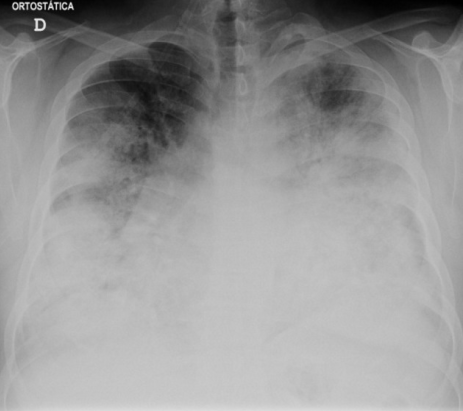Legionnaires' disease is a type of pneumonia caused by Legionella bacteria, most commonly Legionella pneumophila. Symptoms typically appear 2-10 days after exposure and include cough, shortness of breath, high fever, muscle pains, and headaches. Some patients may also experience nausea, vomiting, and diarrhea. It's important to seek medical attention if these symptoms develop.
12-2000: ASHRAE Guideline 12-2000
In December 2000, the American Society of Heating, Refrigerating and Air-Conditioning Engineers' ASHRAE Guideline 12-2000 increased recommended hot water generation and storage temperatures to 135–140 °F (57–60 °C) with minimum distribution temperatures of 124 °F (51 °C) in order to minimize the risks of bacterial growth.
July 1976: Legionnaires' disease outbreak and naming
In July 1976, an outbreak of pneumonia occurred among people attending a convention of the American Legion at the Bellevue-Stratford Hotel in Philadelphia, and the disease acquired its name, Legionnaires' disease.
1976: Outbreak at American Legion convention
In 1976, Legionnaires' disease was first identified during an outbreak at an American Legion convention in Philadelphia.
1976: High mortality rate at the original American Legion convention
In 1976, the mortality rate was high (29 deaths in 182 infected individuals) at the original American Legion convention because the antibiotics used (including penicillins, cephalosporins, and aminoglycosides) had poor intracellular penetration.
January 1977: Identification of Legionella pneumophila
On 18 January 1977, the causative agent of Legionnaires' disease was identified as a previously unknown strain of bacteria, subsequently named Legionella, and the species that caused the outbreak was named Legionella pneumophila.
1982: Development of urine antigen test
In 1982, Richard Kohler developed a urine antigen test for early detection of Legionnaire's disease, which is useful for early detection of Legionnaire's disease and initiation of treatment, and has been helpful in early detection of outbreaks.
1988: ASHRAE Standard 188
In 1988, the American Society of Heating, Refrigerating and Air-Conditioning Engineers' ASHRAE Standard 188 increased recommended hot water generation and storage temperatures to 135–140 °F (57–60 °C) with minimum distribution temperatures of 124 °F (51 °C) in order to minimize the risks of bacterial growth.
1995: Reported cases of Legionnaires' disease in Europe
Between 1995 and 2005, over 32,000 cases of Legionnaires' disease and more than 600 outbreaks were reported to the European Working Group for Legionella Infections.
2005: Reported cases of Legionnaires' disease in Europe
Between 1995 and 2005, over 32,000 cases of Legionnaires' disease and more than 600 outbreaks were reported to the European Working Group for Legionella Infections.
2011: Modeling to predict the likely number of cases
In 2011, a study successfully used modeling to predict the likely number of cases during Legionnaires' outbreaks based on symptom onset dates from past outbreaks.
2014: Possible person-to-person transmission case
In 2014, a rare case of possible Legionnaires' disease spread from a sick individual to their caregiver was reported.
Mentioned in this timeline

Philadelphia or Philly is Pennsylvania's most populous city and the...

A hotel is a commercial establishment offering short-term paid lodging...
Pneumonia is an inflammatory lung condition mainly affecting the alveoli...
Trending

6 months ago Kelsea Ballerini Shines at ACM Awards with Chase Stokes; Reveals Performance Details.

4 months ago Thirty Seconds to Mars' echoes resonate: Jared Leto's musical journey continues.

5 months ago Robert Plant reflects on Led Zeppelin's best performance and early vocal dislikes.

49 minutes ago Jonas Brothers Celebrate Holiday Season with New Christmas Movie and Soundtrack
Keyonteze Tez Johnson is an American professional wide receiver currently playing for the Tampa Bay Buccaneers in the NFL He...

7 months ago Risacher Enters Play-In as Last French NBA Draft Hopeful; Muted Performance Followed.
Popular

Nancy Pelosi is a prominent American politician notably serving as...

Chuck Schumer is the senior United States Senator from New...

Bernie Sanders is a prominent American politician currently serving as...
Nicholas J Fuentes is a far-right political commentator and activist...

Candace Owens is an American political commentator and author known...

XXXTentacion born Jahseh Dwayne Ricardo Onfroy was a controversial yet...
